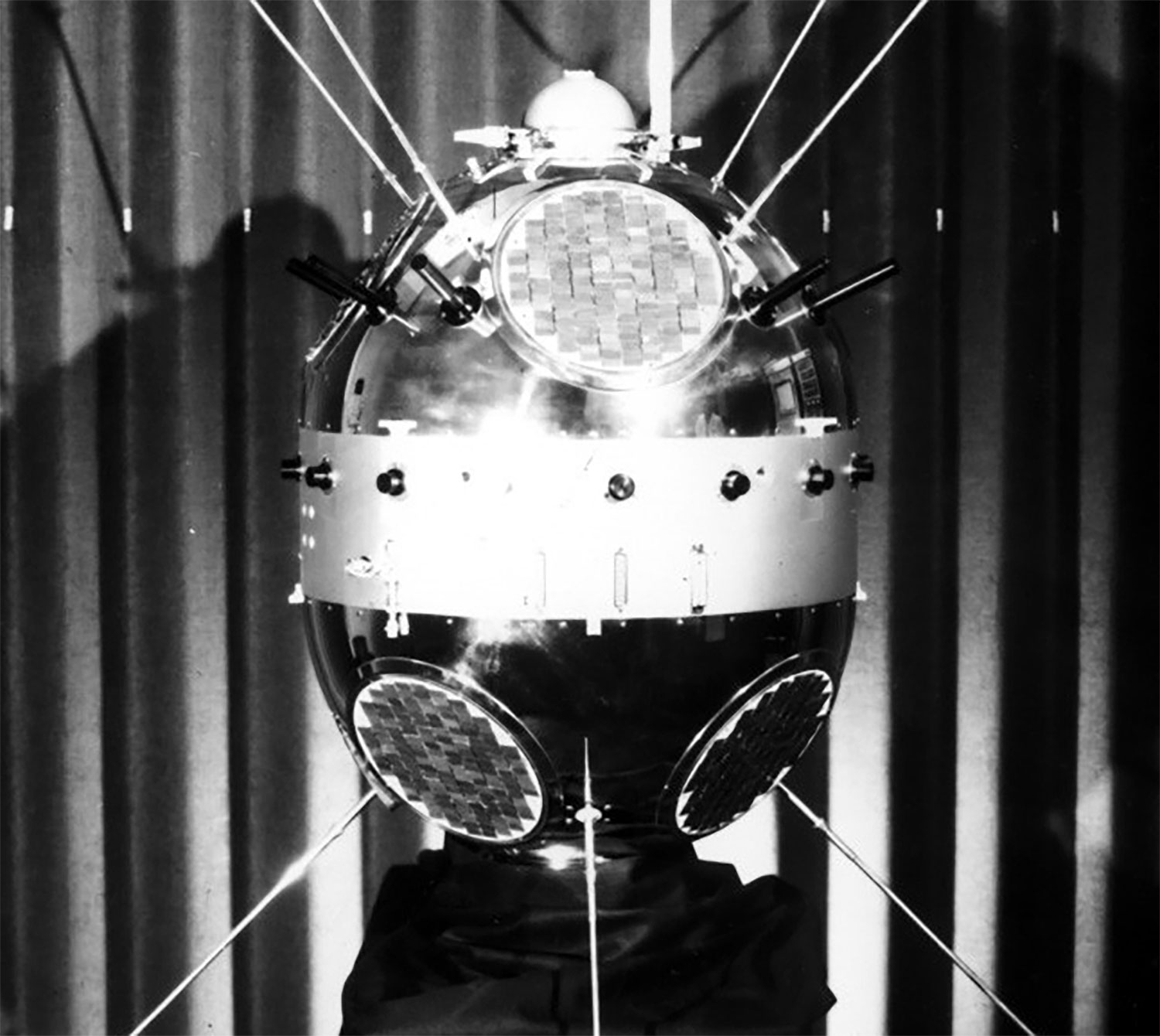
1962
POPPY: America's Ears in SpaceThe Poppy reconnaissance satellite was the Galactic Radiation and Background (GRAB) successor. In 1962, the Naval Research Laboratory (NRL), by then part of NRO's Program C, developed this larger and more advanced satellite. The NRL launched the first Poppy satellite on December 13, 1962, and the Poppy program completed seven missions. The NRL launched the last Poppy mission on December 14, 1971.
More Info